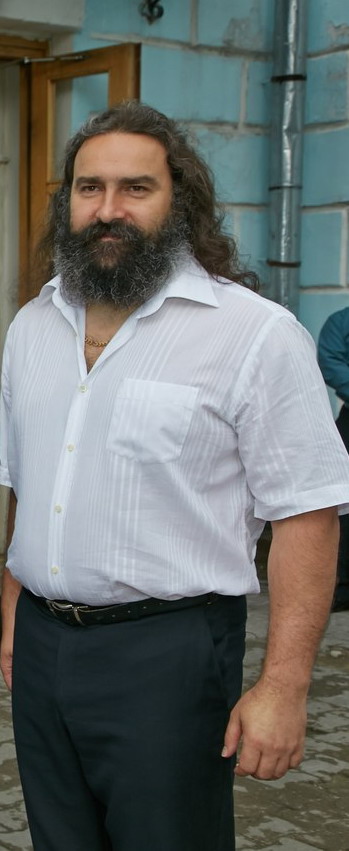The article briefly observes the history of the idea of the actual infinity in European culture until the beginning of the 20th century. Special attention is paid to the role of Cantor set theory in reviving interest in the idea of actual infinity in Western Europe and Russia. The influence of the Cantor’s philosophy of religion on the Western European theology of the late 19th century – early 20th century is given. The influence of Cantor’s ideas on the formation of Florensky’s views is described. A detailed analysis of the application of the idea of actual infinity in the book “The Pillar and the Statement of Truth” is given. Florensky describes the understanding of the connection of Kant’s antinomical of reason and the idea of a potential infinity. The potential infinity is considered by Florensky as a source of imperfection and sinfulness. Special attention is paid to the understanding of truth as actual infinity. The introduction of the actual infinity allows Florensky to remove the one-sidedness of the law of identity and the law of sufficient basis in the Supreme unity. The author analyzes in detail Florensky’s understanding of truth as intuition-discourse. The understanding of the truth as the actual infinity, according to Florensky, is possible only through immersion in the immeasurable depths of orthodox life. Florensky considered this understanding to be the basis of the authentic orthodox theology from the time of the great Cappadocians and Athanasius the Great. Florensky’s idea of the trinity as an actual infinity is analyzed in detail. Mind, according to Florensky, is possible only if he was given absolute actual infinity as «Tribestana Unity». The Trinity is considered as a «tri-Active light» source of the upper light. Briefly the relationship Florensky with the Athonite tradition of hesychasm and the movement of the imiaslavtsy. The understanding of the Florensky symbol as transfinite numbers of the Cantor set theory is given. The symbol, according to Floresse, is an unfinished, actually infinite, having its full completion in absolute actual infinity as a trinity. The connection of the idea of actual infinity and Florensky’s sophiology is considered. An understanding of Florensky of divine love and forgiveness as an actual infinity is given.
Key words: Florensky, Cantor, actual infinity, potential infinity, symbol, transfinite numbers, absolute, trinity, sophia, grace
DOI: 10.22250/2072-8662.2019.1.108-113
About the author
 |
Dmitry N. Radul – PhD (Philosophy), Associate Professor, Faculty of Philosophy, Lomonosov Moscow State University; GSP-1 Leninskie Gory, Moscow, Russian Federation, 119991; This email address is being protected from spambots. You need JavaScript enabled to view it.
|






